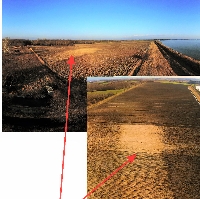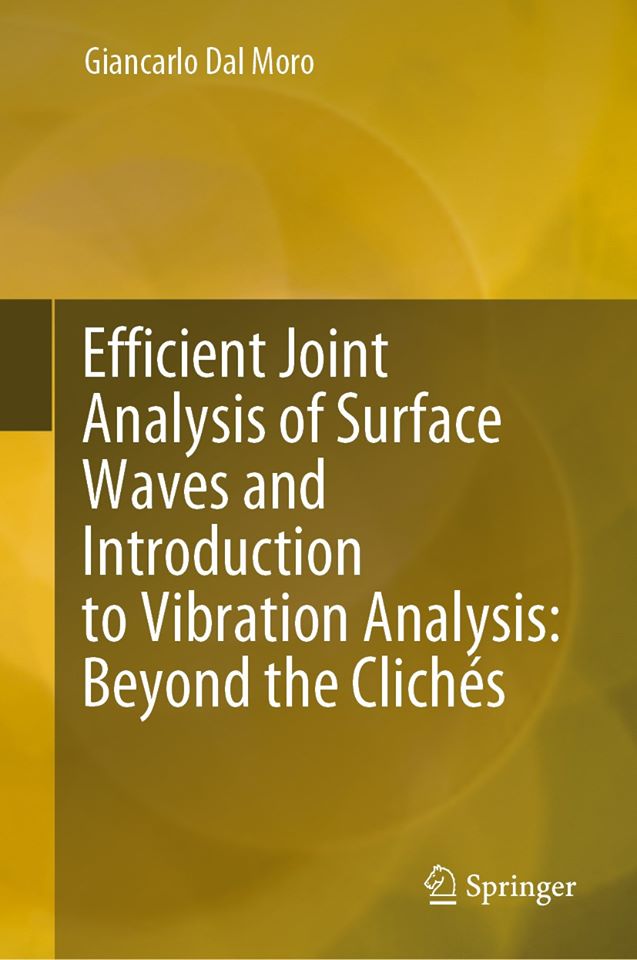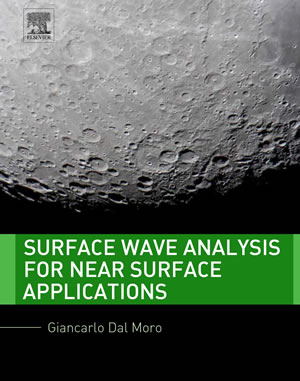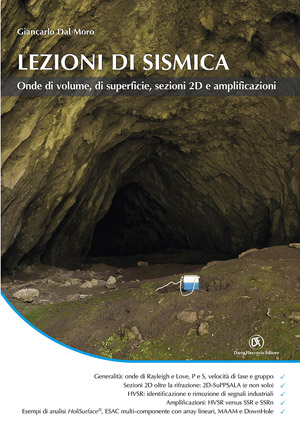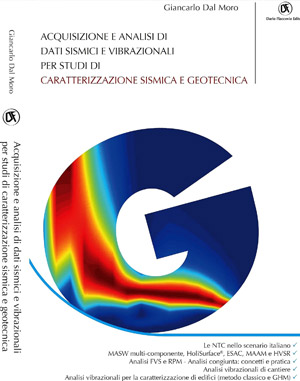New open access article: Tools for the efficient analysis of surface waves from active and passive seismic data
Tools for the efficient analysis of surface waves from active and passive seismic data: exploring an NE‑Italy perilagoon area with significant lateral variations
Dal Moro G. & Stemberk J., Earth Planets Space 74, 140 (2022)
https://doi.org/10.1186/s40623-022-01698-z
PDF available at the following link: https://earth-planets-space.springeropen.com/articles/10.1186/s40623-022-01698-z
ABSTRACT
A series of reclamation works that took place during the twentieth century, almost completely destroyed the dune system that characterized the eastern part of the Grado-Marano perilagoonal area (NE Italy). Because of the limited data available, so far very little was known about the local subsurface conditions and the present paper presents the main outcomes of the seismic exploration accomplished with a twofold goal: collecting comprehensive data about the subsurface conditions (which geologists need to be able to reconstruct the formation processes of the local geomorphological elements) and testing a series of efficient and unconventional methodologies based on the analysis of surface waves from both active and passive seismic data. The survey was designed and accomplished also considering the local digital terrain model (DTM) and some resistivity and penetrometer data. In the present paper we focus on three main areas and, from the methodological point of view, special emphasis is given to the Holistic analysis of Surface waves (HS) and the Horizontal-to-Vertical Spectral Ratio (HVSR), since both these techniques require simple field procedures and a light equipment. It is also show the wealth of information that the simple spectral analysis of multi-offset passive data can provide in particular for the identification of possible lateral variations. In fact, in spite of the low-energy depositional environment, the area reveals extremely complex with major and abrupt lateral variations that require special care and prevent from using coarse methodologies that cannot properly handle their identification. Collected geophysical data provide a consistent overall scenario: while the area is in general dominated by soft (silty) sediments, the residual dunes are constituted by cemented sandy materials (medium-grained calcarenite) responsible for anomalously high shear-wave velocity (Vs) values already at the surface. Parallel to such residual sandy dunes we also identified a series of peat channels characterized by distinctive low Vs values due to a significant amount of organic components.
KEYWORDS
Shear-wave velocity (Vs), Surface waves, Group velocities, Phase velocities, Joint Inversion, Full Velocity Spectrum (FVS) analysis, Rayleigh waves, Love waves, Rayleigh-wave Particle Motion (RPM), Multichannel analysis of surface waves (MASW), Holistic analysis of Surface waves (HS), Horizontal-to-Vertical Spectral Ratio (HVSR), NE Italy perilagoonal dune system, Peats, Paleodunes.
- NEWS ARCHIVE
- share:


